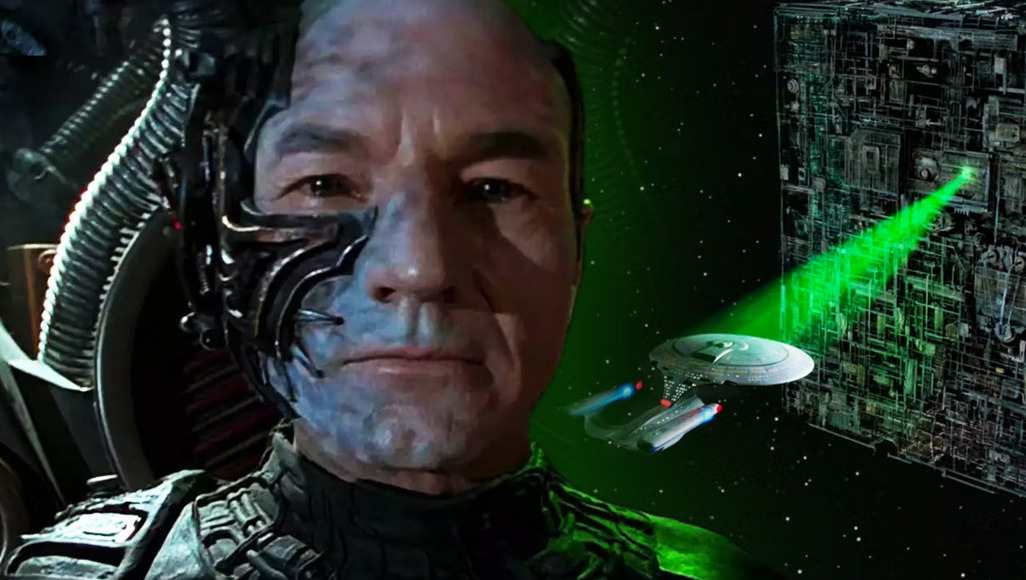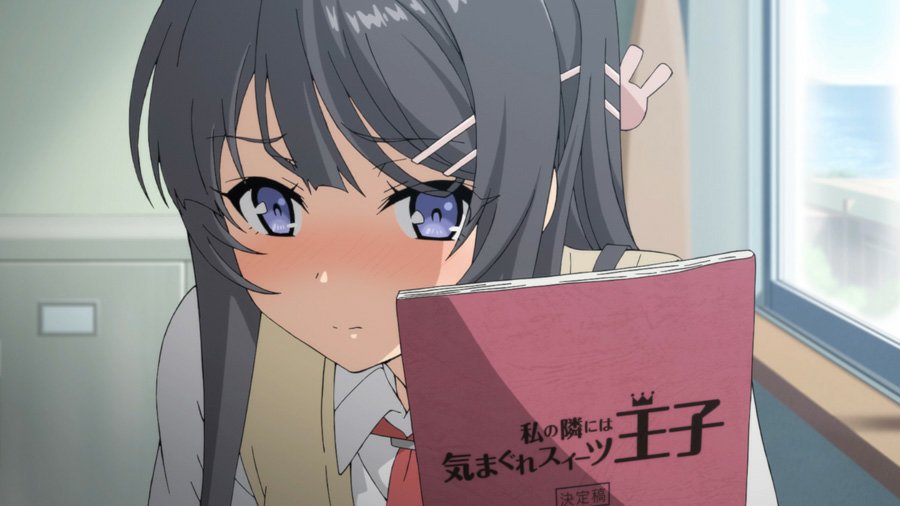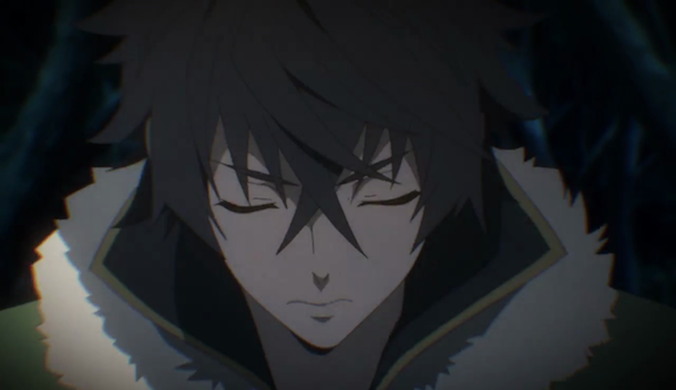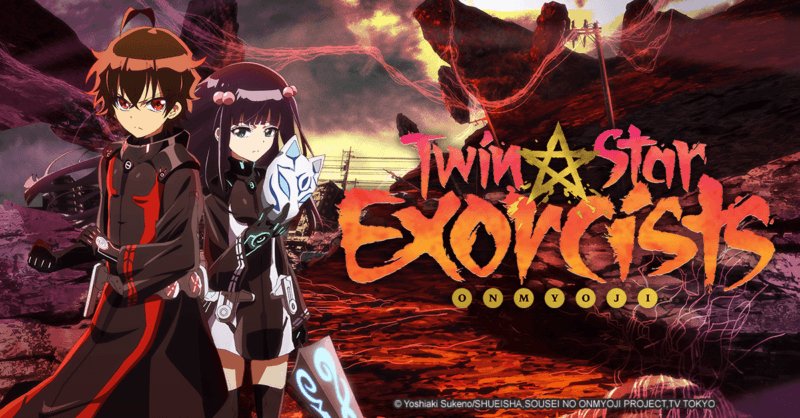
It had been awhile since I watched Twin Star Exorcists. This article will assume you’ve seen the anime too. I will skip the usual summary and sketch of the plot to focus on my impressions, for what they are worth. Everyone has their opinions. My opinions don’t matter. I share them to try to get you to think about your own impressions and explore what different fiction means to you. Thinking about the stories you consume involves understanding your own impressions about them: what makes them amusing, annoying, endearing, and otherwise meaningful. In this way fiction acts as a mirror you hold up to yourself. Sometimes what you despise in characters, is what you despise in yourself. This points you toward what you may need to work toward correcting.
I remember enjoying the show and the relationship dynamics between Rokoro and Benio. I also remember Rokoro’s meat-headedness driving me crazy. Well, after rewatching it, my thoughts have changed a little. Rokoro is still an annoying bonehead. This shonen trope only grows more annoying as I get older. While it gives room for writers to show character growth, thoughtful characters who don’t impulsively act (and try to solve everything by repeating the same attack) are more interesting. But such characters are also harder to write and difficult for many to identify with. I’m often reminded that not everyone is intellectual or likes intellectuals. Intellectuals often are disparaged so fiction that centers on boneheadedness instead of intellectual approaches irritate me. Such characters remind me of my past as a “disparaged intellectual”. Fiction without intellectually oriented characters only propagates this problem.
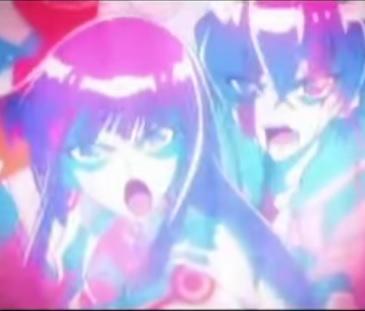
But then intellectualism could be a fun character arc for a shonen hero. He could lose his intellectual arrogance and grow that way! Intellectual characters offer different growth vectors.
Anyway, Rokoro annoyed me more this watch through than I remembered, but I still enjoyed the dynamics he had with Benio. Benio struck me as more of a meathead than I remembered too. She was less thoughtful than Rokoro, often approaching battles with the same “kick it until it goes down” philosophy of Rokoro.
The animation also doesn’t hold up. Action sequences degrade and often reduce to manga-like stills announcing the attack. Then yelling. So much yelling! I’m surprised I didn’t remember all the attack yells this series has.
All said, I enjoyed my revisit, but my opinion of the show has dropped. The show shined when Benio and Rokoro were establishing their relationship. When the 12 Guardians appeared, the story lost its focus and started focusing too much on action–the weakest part of the animation. The Guardians diluted the story. Most of the Guardians devolved to just a single quirk, such as dressing like a southern belle or being greedy. And their presence took time away from Rokoro and Benio’s development. Fewer Guardians may have served the anime better.
The Kegare angle could’ve used more development, but I find opposite perspectives like these characters offer interesting.
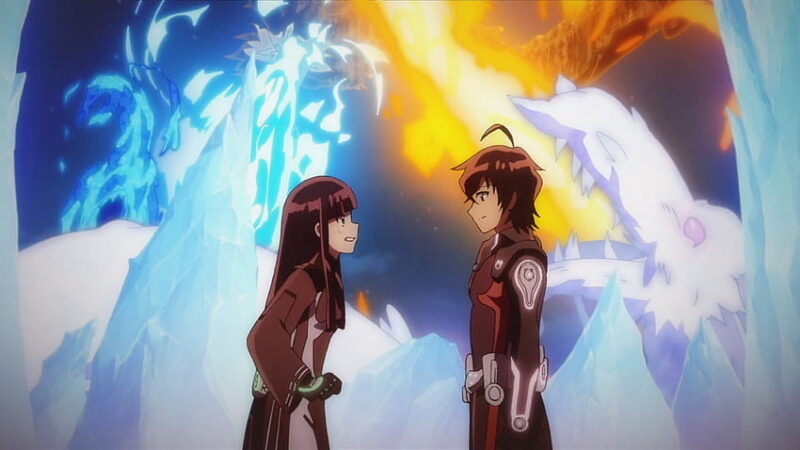
With this revisit, I had a better appreciation for the Abe no Seimei references. Abe appears in one of the most famous fox folk stories, Tamamo. Although in the oldest accounts, his ancestor exorcises the fox spirit instead of him. Because I’ve dived deep into Japanese folklore since I last watched the series, Abe’s references interested me and also increased my disappointment with the series. Abe no Seimei would’ve been more at home in Inuyasha‘s rich folklore references than the bland Kegare. Now the design of the world, the imbalance of yang and yin, offered a neat concept. But the stories I know of Abe don’t deal with yang-yin. They dealt with his efforts as a priest. Of course, I’m not fully versed in all aspects of Japanese folklore so I may be missing the stories Twin Stars references.
After Abe appeared, I started craving a more Inuyasha folklore experience. Inuyasha and Kagome have an interesting relationship of their own, but I wondered how Rokoro and Benio would transfer to the Inuyasha world, a world where Abe would also fit better. Any fan fiction writers want to explore this?
Now I feel bad about tearing apart the writer’s work like this, but it has more to do with me than the writer and the animators. The revisit showed how my sensibilities have changed since I first watched the series. My dive into Japanese folklore has made me more aware of references than I had been. My revisit to Inuyasha allowed me to better enjoy the show because of all the folklore I’ve read. Revisiting Twin Stars also told me I’m getting older. I’m aging out of many anime stories. They simply don’t have the same appeal as they once had. I’ve also become pickier about how I spend my limited time, leading me to having higher standards for stories and animation. Although I have watched some low quality stuff so I can write about it for JP.
Mostly, revisiting Twin Stars made me feel older. Rokoro’s relationship denseness, while expected to a degree in a teen, made me roll my eyes and groan, and I’m not the most astute with emotions and relationships. The dense trope is tired with how often it appears and how it is explored. Denseness, that is, the inability to understand relationship cues, is more interesting when the characters are thoughtful. I’m also a strategy game player and a history reader, so during many of the fight sequences, I got distracted about how better tactics would’ve changed the results of the conflicts. To be fair, Marvel movies have the same problems.
Twin Star Exorcists isn’t a bad anime by any means. It has much going for it, and I enjoyed my revisit. And it revealed how I had changed in my knowledge and perspective since I first watched it. I really hope shonen heroes change a little and stop yelling all the time! It seems they’ve been trapped in that trope since Dragon ball in the 1990s. Ironically, as much as times change, certain aspects of storytelling remain the same.
So I still say Twin Star Exorcists is worth a watch. It’s fun and has some interesting character dynamics, but it also has the usual papercuts many anime stories have.
